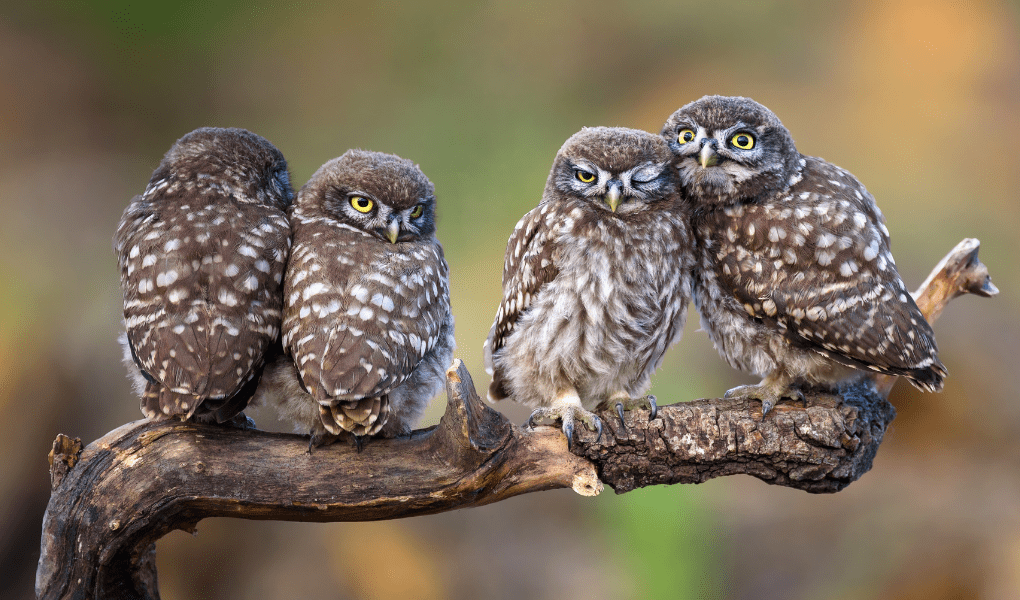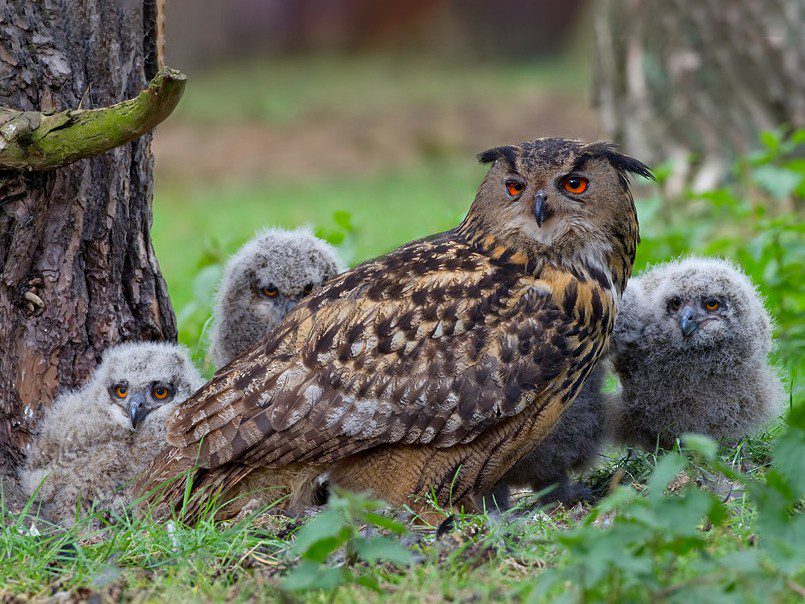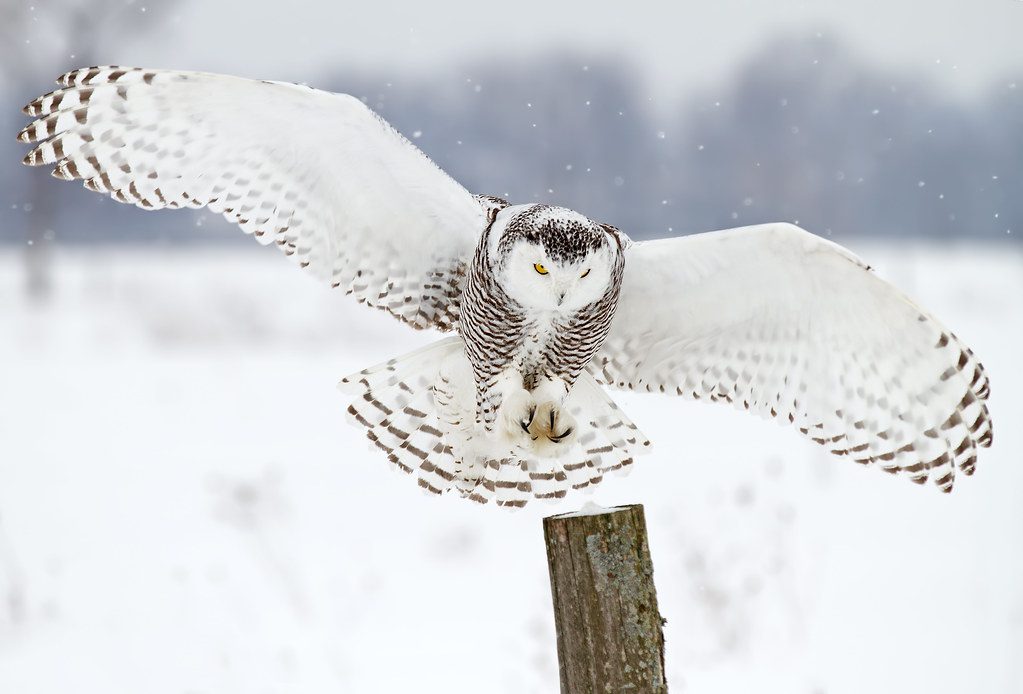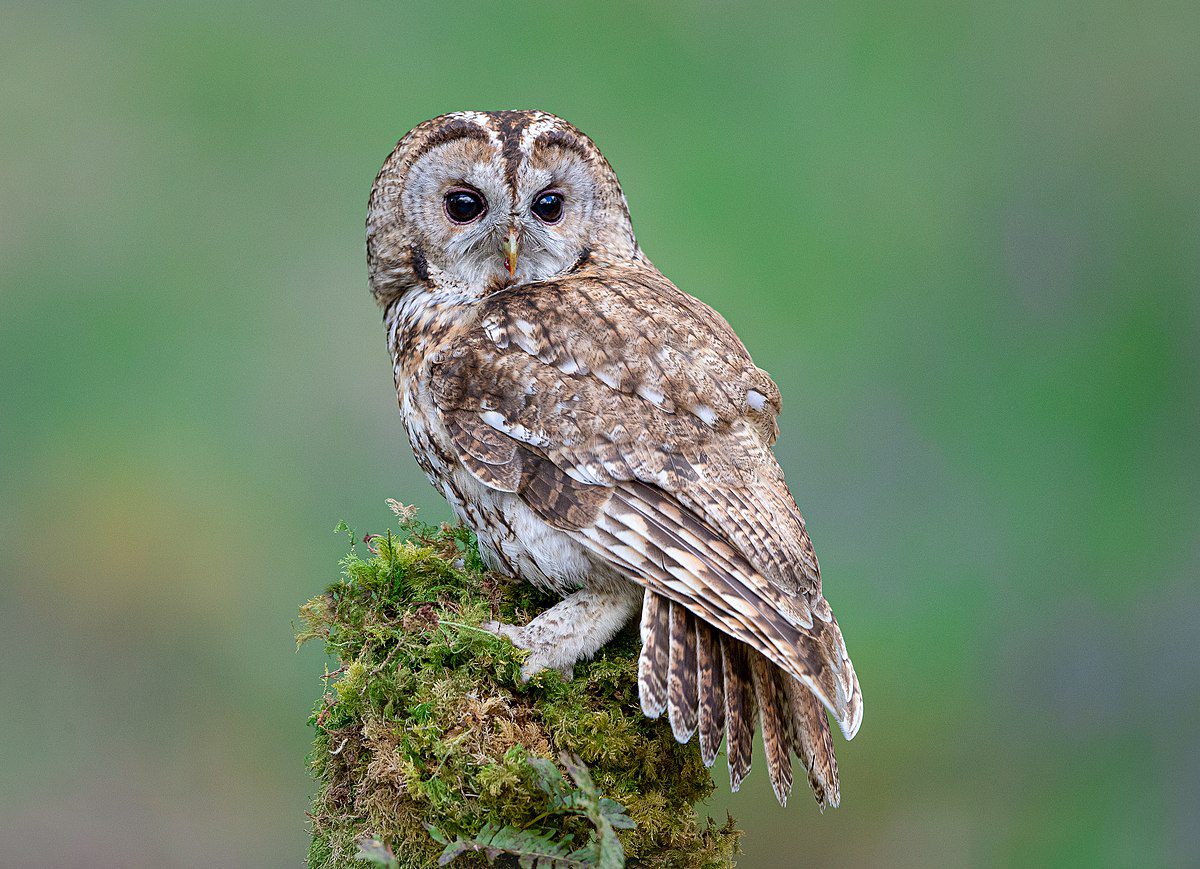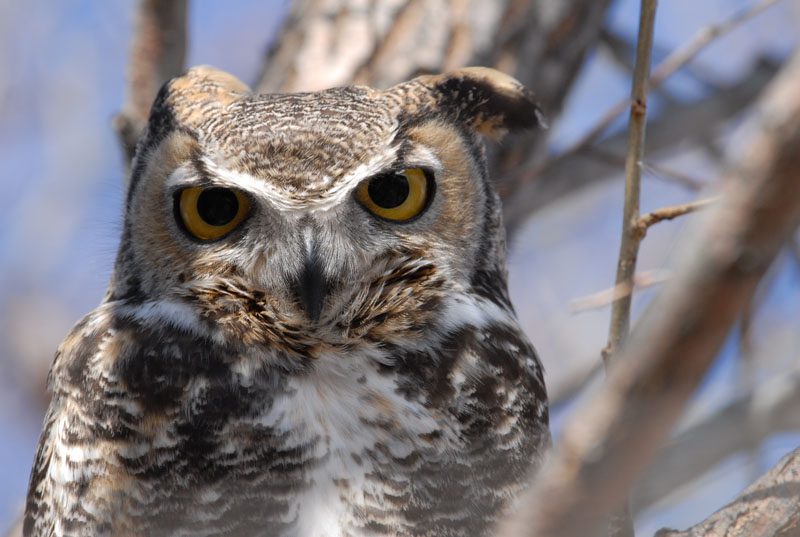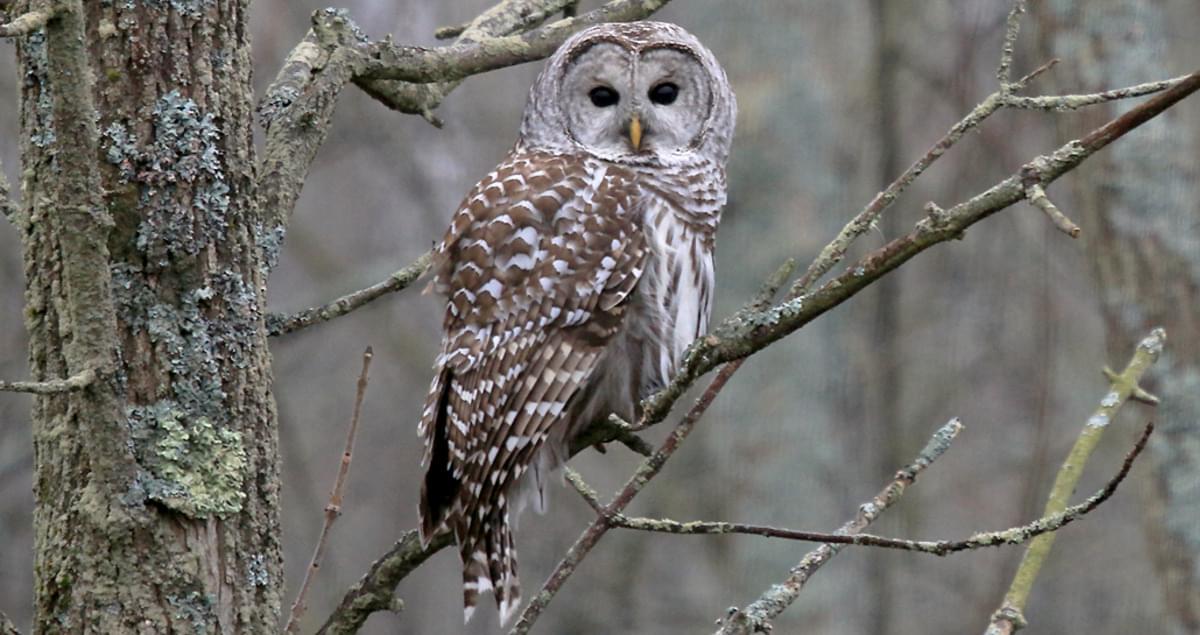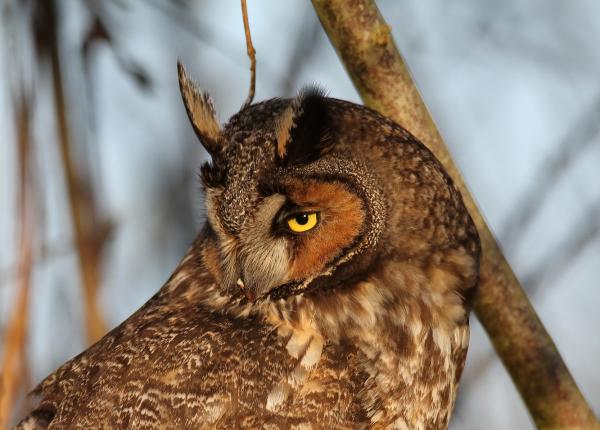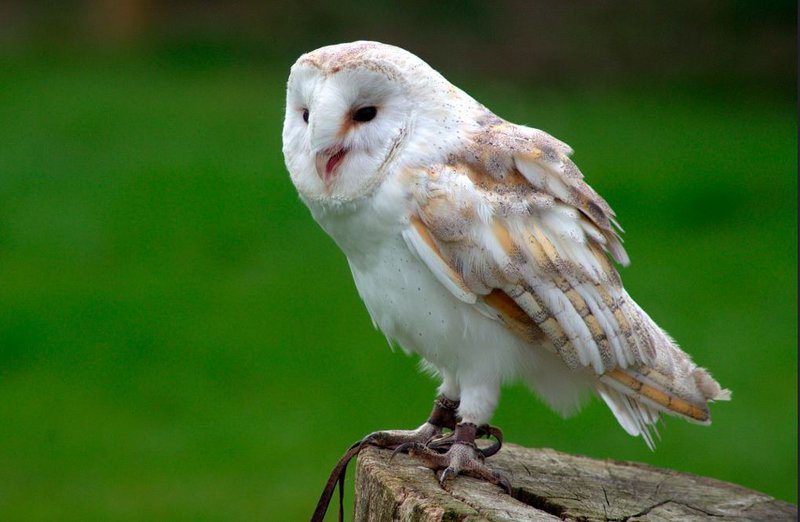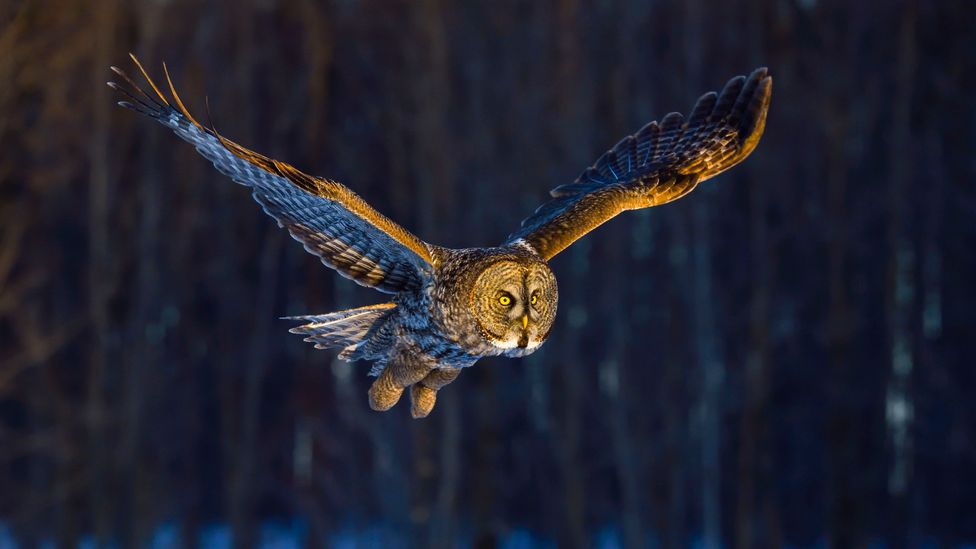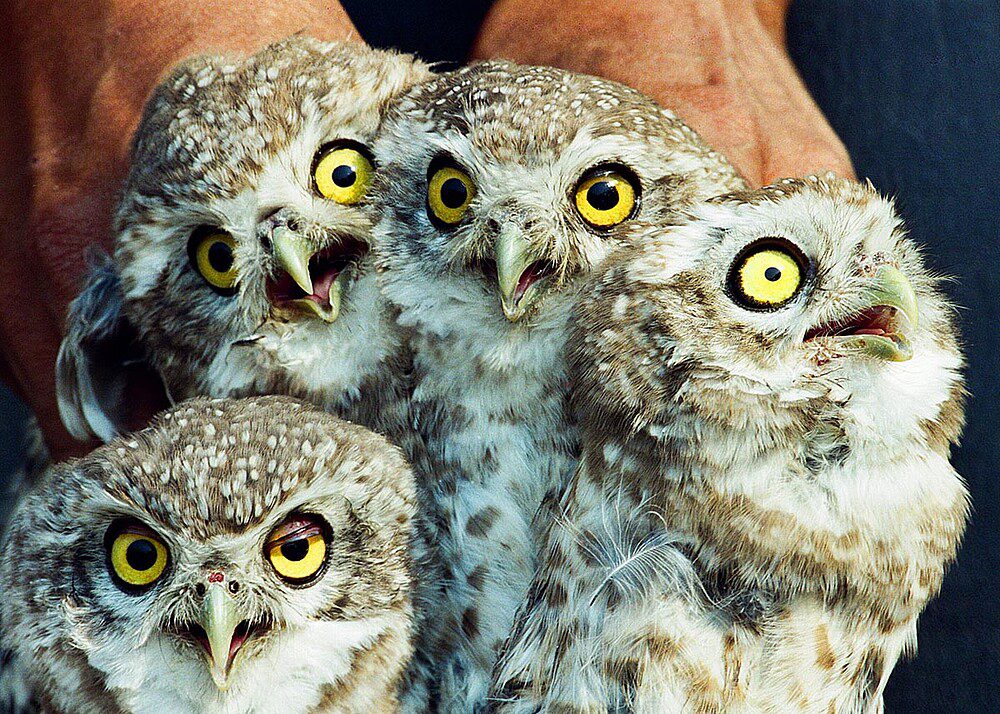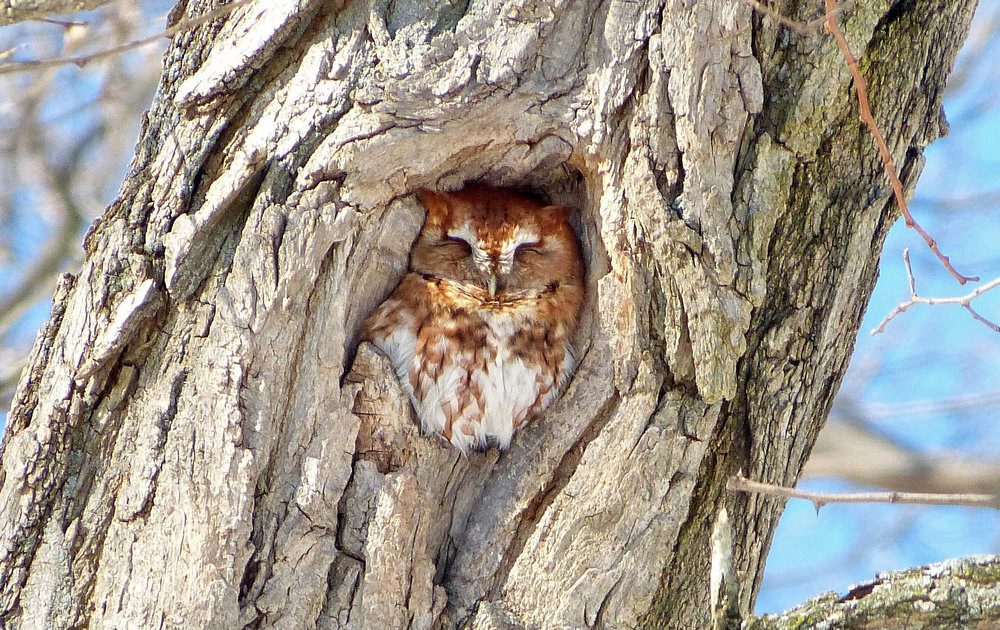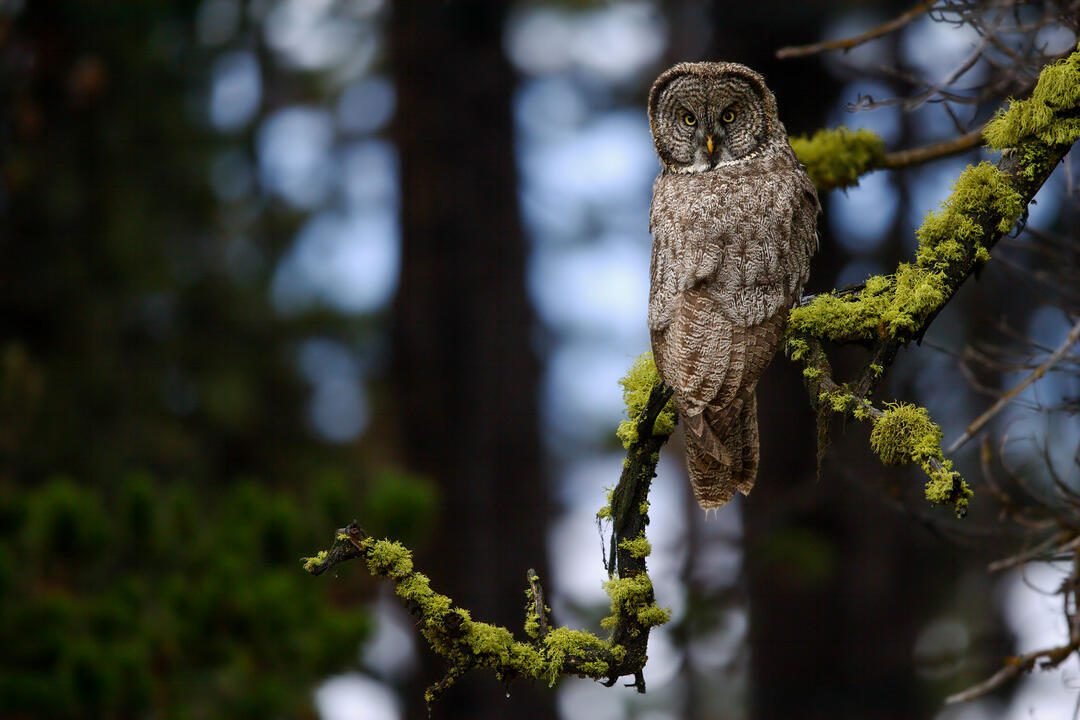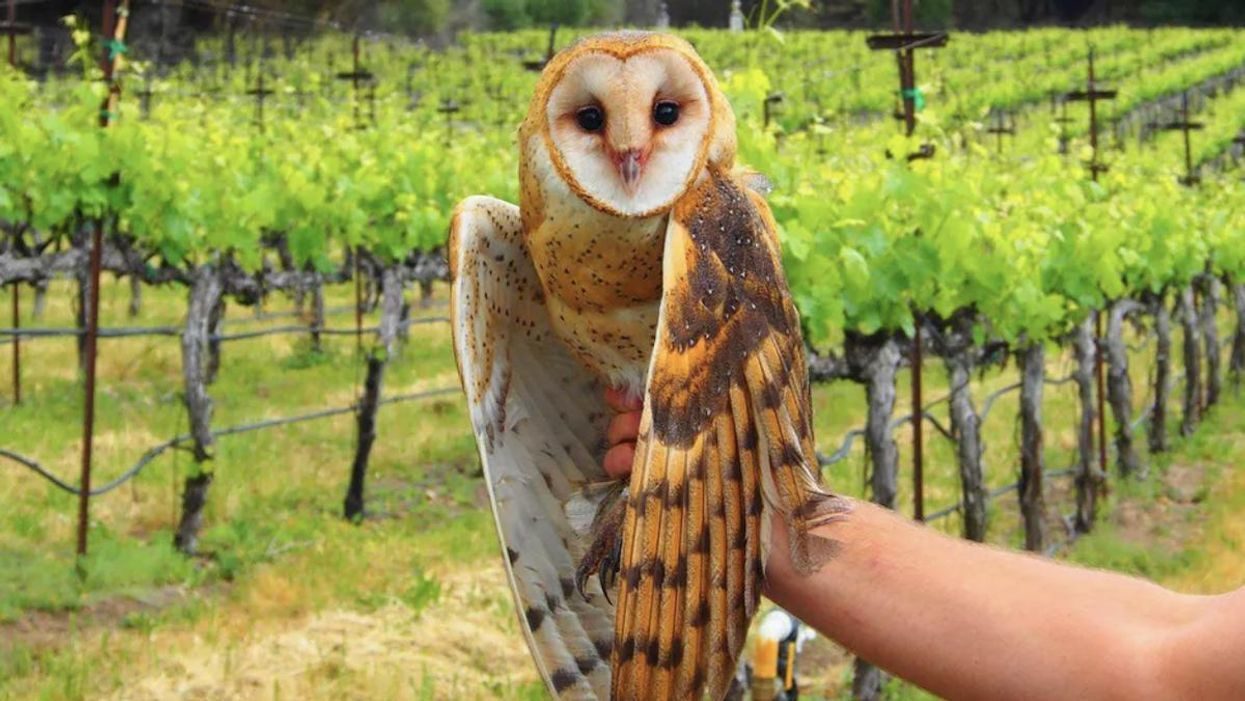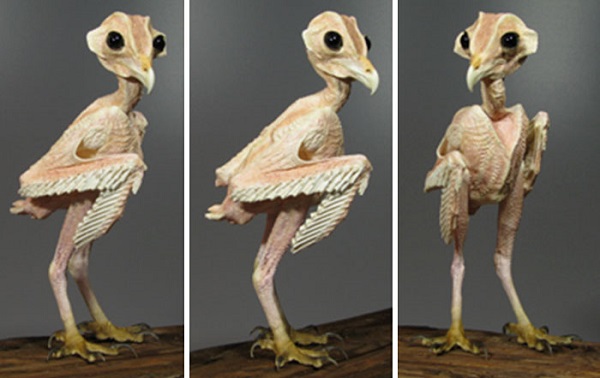
Owls are amazing creatures. They can fly silently, see in the dark, and turn their heads almost all the way around. But did you know that there’s a type of owl that doesn’t have any feathers? That’s right, the featherless owl is a real thing! Let’s learn more about these strange and wonderful birds.
Featherless owl
The featherless owl is a rare variety of owl that is found in parts of Southeast Asia. While most owls have a dense covering of feathers, the featherless owl has only a few scattered feathers on its head and body. The rest of its skin is bare.
These owls get their name from their appearance, which is quite different from other types of owls. They are also known as “naked owls” or “skin owls.” Featherless owls are smaller than most other owl species, with an average body size of only about 10 inches.
Interestingly, the featherless owl is not actually bald. If you look closely, you’ll see that it does have some downy feathers on its head and body. These feathers are very different from the stiff, hollow feathers that most other birds have. Downy feathers are soft and fluffy, more like the kind of feathers you would find on a chicken than on an owl!
The plumage of the featherless owl helps to camouflage it from predators. In the wild, these owls primarily eat insects and small rodents. They hunt at night, using their excellent night vision to locate their prey.
A Comprehensive List of Owl Species
Did you know that there are more than 200 different species of owls in the world? That’s right – these amazing birds come in all shapes and sizes and can be found on every continent except for Antarctica.
Two main types of owls: true owls and barn owls.
True owls are further divided into two groups: Old World owls and New World owls. Old World owls are found in Europe, Asia, and Africa, while New World owls are found in North and South America. Let’s take a closer look at some of the most popular owl species in each group.
Old World Owls
Eagle Owl
The eagle owl is one of the largest owl species in the world, with a wingspan of up to 2.3 meters (7.5 feet)! These magnificent birds are found throughout Europe, Asia, and northern Africa.
Snowy Owl
The snowy owl is a large owl of the true owl family. It is native to the Arctic regions of North America, Europe, and Asia. These beautiful birds are mostly white with black markings on their wings and tail.
Barn Owl
The barn owl is a medium-sized owl with a heart-shaped facial disc. They are found in much of Europe, Asia, Africa, Australia, and the Americas.
Tawny Owl
The tawny owl is a stocky bird with brown upper parts and pale underparts. They are found in woodlands across Europe, Asia, and North Africa.
New World Owls
Great Horned Owl
The great horned owl is a large owl with prominent ear tufts. They are found in woods, forests, and marshes across much of North America.
Barred Owl
The barred owl is a medium-sized bird with dark brown bars on its light grey-brown plumage. These stunning creatures are found in woods across eastern North America.
Northern Saw-whet Owl
The northern saw-whet owl is small owl with bright yellow eyes. These cuties are found in forests across Canada and the northern United States.
Long-eared Owl
The long-eared owl is a medium to large-sized bird with prominent ear tufts that give it its name. These nocturnal predators can be found in woods throughout Europe, Asia, and North America.
Short-eared Owl
Short-eared owls are small to medium-sized birds with rounded wings and prominent ear tufts that give them their name. These shy birds inhabit open country worldwide including grasslands, prairies, wheat fields, marshes, and tundra habitats North America south through Central America to southern South America, including the Falkland Islands..”
When you think of an owl, chances are you picture a bird with big eyes, a pointed beak, and feathers. But what does an owl look like without feathers? Believe it or not, owls actually don’t have very many feathers. In fact, they have fewer feathers than any other type of bird!
Owl Intelligence And Diet
Contrary to popular belief, owls are not actually wise. In fact, studies have shown that they are no more intelligent than other bird species. However, they are very good at camouflage and stealth, which makes them seem much more cunning than they actually are. Owls also have excellent eyesight and can see up to eight times better than humans in low-light conditions. This allows them to hunt their prey with ease, even in complete darkness.
One of the most interesting things about owls is their diet. Owls are carnivores and primarily eat small mammals such as mice, rats, and voles.
However, they will also eat birds, reptiles, insects, and even fish if given the opportunity. Owls will then take their prey back to their nests (or “roosts”) to eat it in peace without having to worry about other animals stealing their food.
Owl Mating habits
Owls typically mate for life and will often reuse the same nest year after year. Females lay between one and six eggs at a time; however, only two or three of these eggs will hatch successfully. The rest will either be eaten by predators or die from exposure to the elements.
Baby owies (called “owlets”) are born blind and helpless; however, they grow quickly and are usually ready to leave the nest after just two months.
Owlets typically stay with their parents for several months before striking out on their own; however, some young owies will remain with their parents for up to two years before becoming fully independent adults.”
What does an owl look like without feathers?
Owls are born without feathers. For the first few weeks of their lives, they are actually bald! During this time, they are extremely vulnerable to the cold and need to be kept warm by their parents. Slowly but surely, though, they start to grow their first downy feathers. These initial feathers are called “natal down,” and they help the young owls stay warm until their adult plumage starts to come in.
As the owls continue to grow, they will go through several molts or periods of shedding their old feathers and growing new ones. Adult owls typically have between 5 and 7 layers of feathers, which helps them stay warm even in the coldest weather conditions. And while owls don’t have as many feathers as other birds, they more than makeup for it in quantity! An average owl has about 10,000 feathers.
Overall, owls are fascinating creatures with many unique features. From their diet and hunting habits to their molting process, there is a lot to learn about these amazing birds. So the next time you see an owl, take a moment to appreciate all that makes them so special!
FREQUENTLY ASKED QUESTIONS
WHICH BIRD HAS NO FEATHERS?
Rhea, the featherless bird, was adopted and suffers from Psittacine Beak and Feather Disease (PBFD). The disease damages the hair follicles of the bird, causing feathers to fall out and preventing them from growing again. It wasn’t until two years after Rhea was born that she lost all of her feathers.
DO OWLS REGROW FEATHERS?
The Great Horned Owl undergoes a yearly molt, typically after the young have left the nest and the owl’s energy needs have decreased. During the molting process, damaged flight feathers are gradually replaced by new, healthy ones.
WHAT IS THE RAREST OWL BREED?
Perhaps the rarest owl in the world is the Blakinston’s fish owl. As a result of widespread extinction, the Blakinston’s Fish owl, which is also the largest owl species, is now considered to be the rarest owl in the world.
DO OWLS HAVE TEETH?
Owls, like most other birds, lack the teeth necessary to properly chew their food. Their hooked bills break apart their victims and crush their skulls and other bones. In addition, they can gulp down small prey whole, typically in a head-first position.
WHY ARE OWLS SO SILENT?
Feathers of owls have a comb-like leading edge and a fringe-like trailing edge, which work together to direct airflow smoothly over the wing and reduce noise. When compared to its body size, an owl’s huge wings offer greater lift, allowing it to fly at speeds of just two miles per hour.

